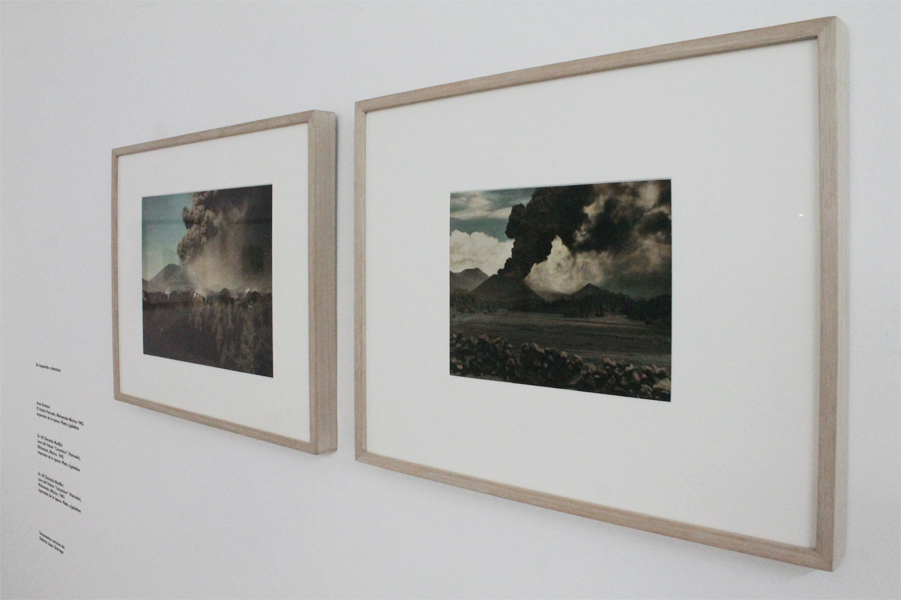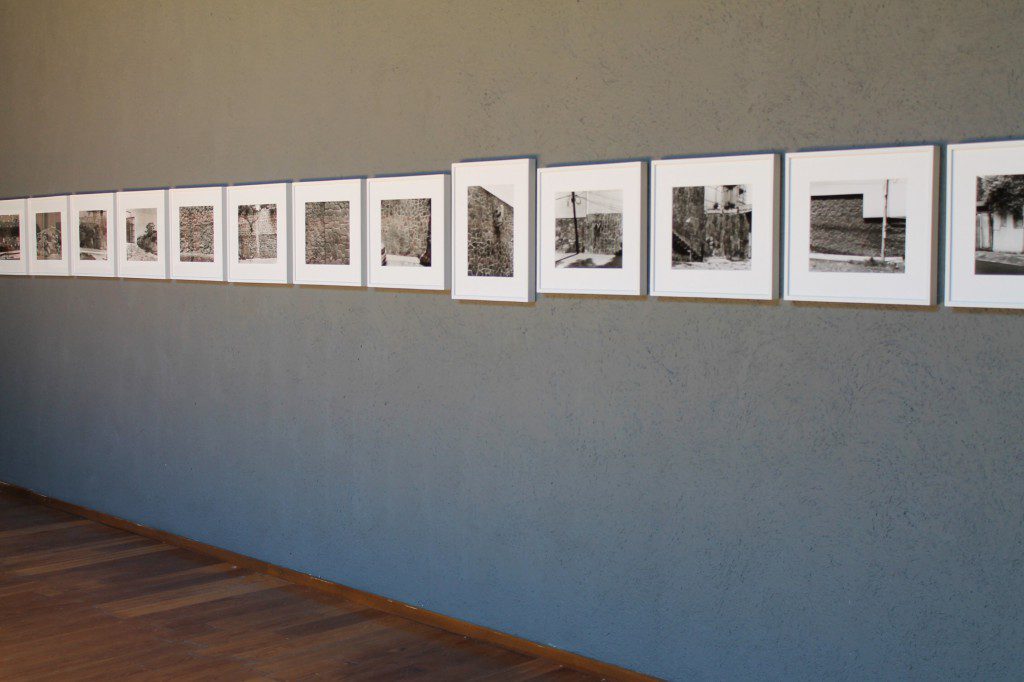There is no logic that can be superimposed on the city; people make it, and it is to them, not buildings, that we must fit our plans.
Jane Jacobs, The death and life of great American cities, 1961
The Xitle volcano—right next to the Ajusco, in Mexico City’s rural area—erupted nearly two millennia ago, leaving in its wake a basalt landscape that in time would mold its nature to the conditions permitted along the cracks in the stratum of solid lava, and leading to the creation of an expanse of the Mexican highlands known as El Pedregal. This landscape remained intact until the twentieth century; its transformation began in 1945, right after the postrevolutionary urbanization projects that resulted from the period known as the “Mexican miracle” and gave way to Mexico’s modernist architecture. This area’s urban development was distinguished by the transformation of its rocky landscape, starting with the creation of gardens that framed residential areas and took advantage of the formal unevenness afforded by volcanic rock. This constituted a stylistic contrivance that was referred to worldwide as the emblem of modernism in Mexico.

The abstract volumes of architecture in so natural and aggressive an environment evinced the beginning of a new era, a sort of liminal understanding of space that to date seduces us through the photographic documents of these sites. For three decades, the economic model that gave rise to this urban-planning project based many of its actions on the building industry, provoking excessive exploitation of the land and overpopulation in the city—the result of real-estate speculation and migration from the country’s rural areas due to economic centralism. Urban sprawl then became a “concrete cataplasm” that has been infecting this natural territory over more than sixty years. Paradoxically, the “Mexican Miracle”—which for economists in the fifties focused on the country’s economic and industrial development—marked the beginning of the city’s current urban crisis by failing to foresee the consequences of the area’s unbounded exploitation throughout the years. What for one generation meant humankind’s triumph over nature’s aggressive form has today become the beginning of multiple contradictions in the territory’s occupation, represented by the tensions enunciated by the city in its material form when it continuously expands its limits by growing and defying the natural landscape.
Pablo López Luz (Mexico City, 1979) captures the city from different angles, signaling many of the tensions implied by the urban landscape. The relationship between humans and their environment is decisive in his compositions, which allude to images of the history of Mexican landscape, update the scenery and provide new readings of the territory. He does this by means of the photographic documentation of the environment and also through an artistic nod to the visual history that precedes it. Part of his work has pointed to the problems of Latin American identity; this serves as a trigger for making visible the notion of fiction and reality in the cultural vestiges of contemporary societies by taking up their ancestral aspects. On this occasion, López Luz proposes a photographic essay for Museo Experimental el Eco with different places in Mexico City, alluding to the formal tension between nature and urbanization and centering the visual narrative’s core on an element that has refused to be subjected to the city’s architectural maelstrom: volcanic rock. López Luz transforms the images into a timeless document that links distinguishing elements in the city; he reveals their singular origins by recognizing in his selection of images other moments of local architecture that have also resorted to volcanic rock and that also reflect the tension resulting from the contrasting shapes portrayed.

This way, López Luz connects us with the notion of the elementary exercise of inhabiting and with the effects of human presence in the world. The attempt made over half a century ago by Mexico City’s inhabitants to conquest El Pedregal is a territory of discussion and analysis worthy of reflection from the field of images through art. Alongside this visual exercise, the museum presents a series of historical documents that expand the context of this investigation and help the viewer evaluate the lineage of these issues, with graphic material by artists such as Dr. Atl, David Alfaro Siqueiros, Lucas López, Arno and Bruno Brehme.
Top image: Pablo López Luz, Jardines del Pedregal VIII, Mexico City, 2018.